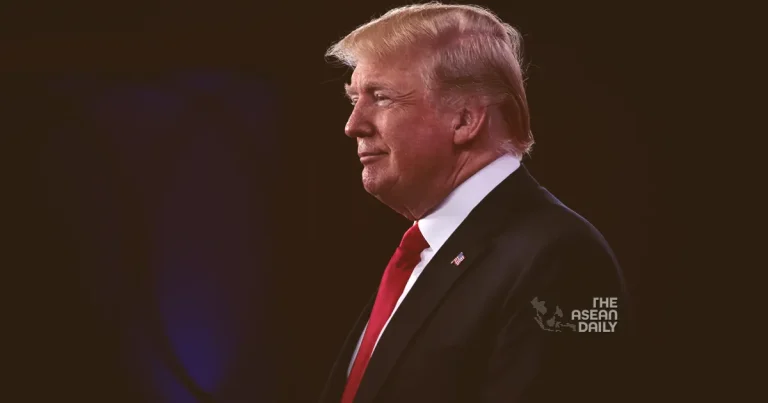26-11-2024 (WASHINGTON) President-elect Donald Trump has announced ambitious plans to implement substantial tariff increases on imports from Mexico, Canada, and China immediately upon taking office, marking a significant shift in American trade policy.
In a series of statements posted on his Truth Social platform, Trump outlined his intention to impose a 25% tariff on all products entering the United States from Mexico and Canada. The president-elect positioned the measure as a response to what he termed an “invasion” of illegal immigrants and the flow of narcotics, particularly fentanyl, across American borders.
The incoming administration’s proposed tariff regime would also target Chinese imports with a 10% increase above existing duties. Trump cited Beijing’s alleged failure to stem the flow of illegal drugs into the United States as the primary motivation, claiming previous discussions with Chinese officials had proved fruitless.
Economic analysts warn the proposed measures could trigger significant repercussions for American consumers. The Peterson Institute for International Economics projects that the average US household could face additional costs exceeding $2,300 annually as a result of the tariffs.
Trump’s designated Treasury Secretary, Scott Bessent, has attempted to assuage concerns about inflationary pressures, suggesting that carefully implemented tariffs need not drive up consumer prices. His appointment has garnered positive reception from financial markets, with expectations of a measured approach to the new trade policies.
The president-elect’s authority to unilaterally impose tariffs stems from executive powers he previously wielded during his first term, when similar measures, particularly against China, sparked international trade disputes. However, the newly proposed tariffs represent a substantial escalation, with Trump suggesting duties of up to 60% on Chinese goods and universal tariffs of 10-20% on all other imports.
Trade experts caution that such aggressive measures could prompt retaliatory action from affected nations, potentially igniting a broader trade conflict. During Trump’s previous administration, similar policies led to reciprocal tariffs that complicated efforts to boost domestic manufacturing.
The proposed measures form part of Trump’s broader economic strategy, which includes significant tax cuts. The administration suggests the tariff revenue could help offset the resulting fiscal shortfall, though economists debate the effectiveness of this approach.
Representatives from the Mexican, Canadian, and Chinese embassies have yet to respond to requests for comment on the announced measures.
The bold trade strategy signals Trump’s commitment to his “America First” economic policies, though questions remain about the potential impact on global trade relationships and domestic consumer costs.




